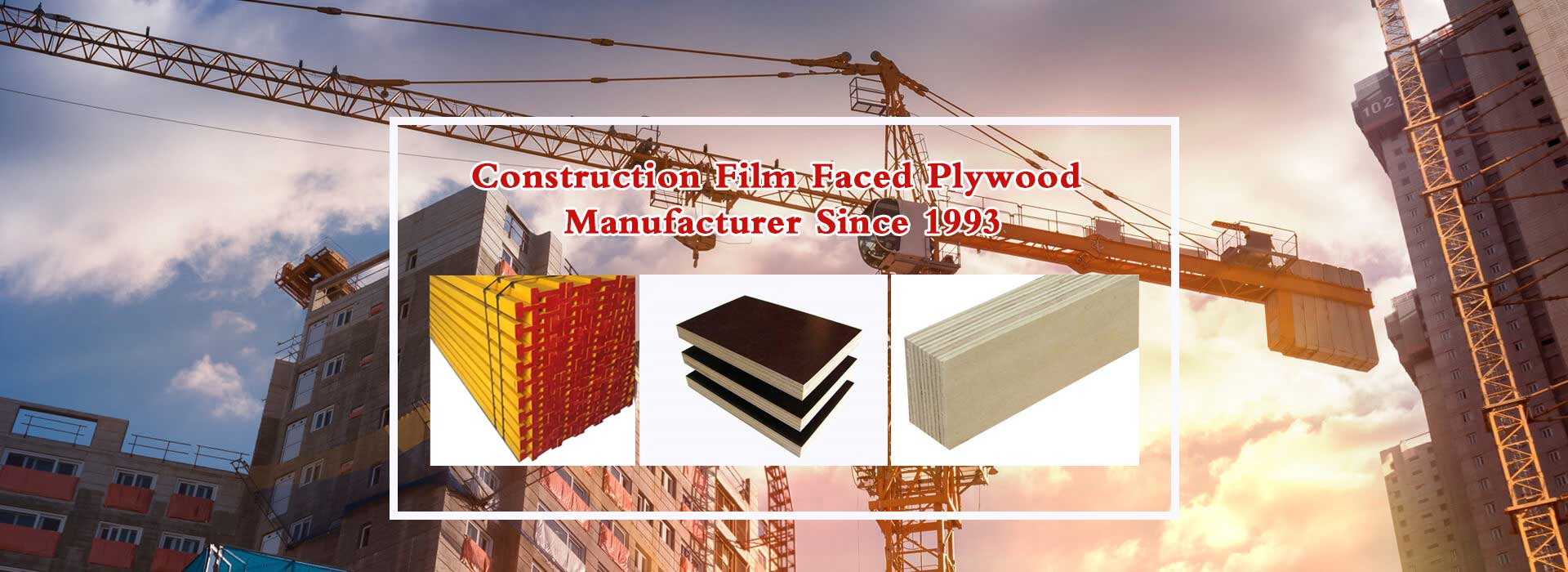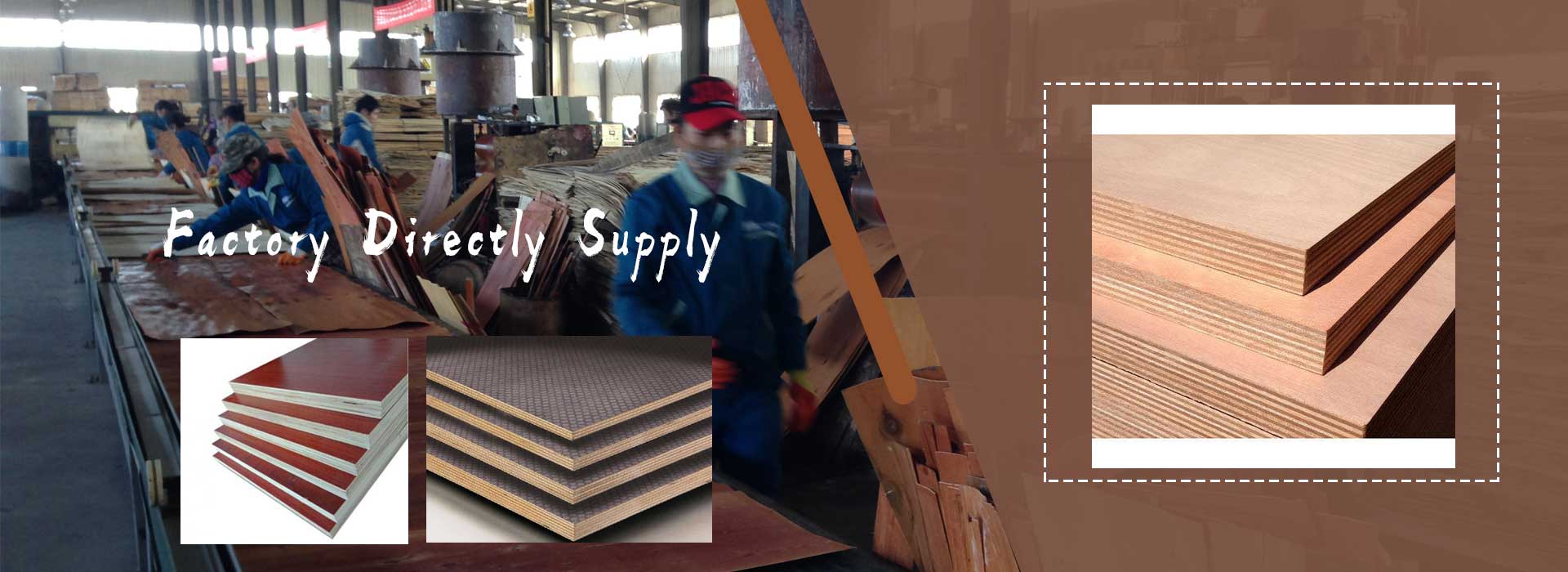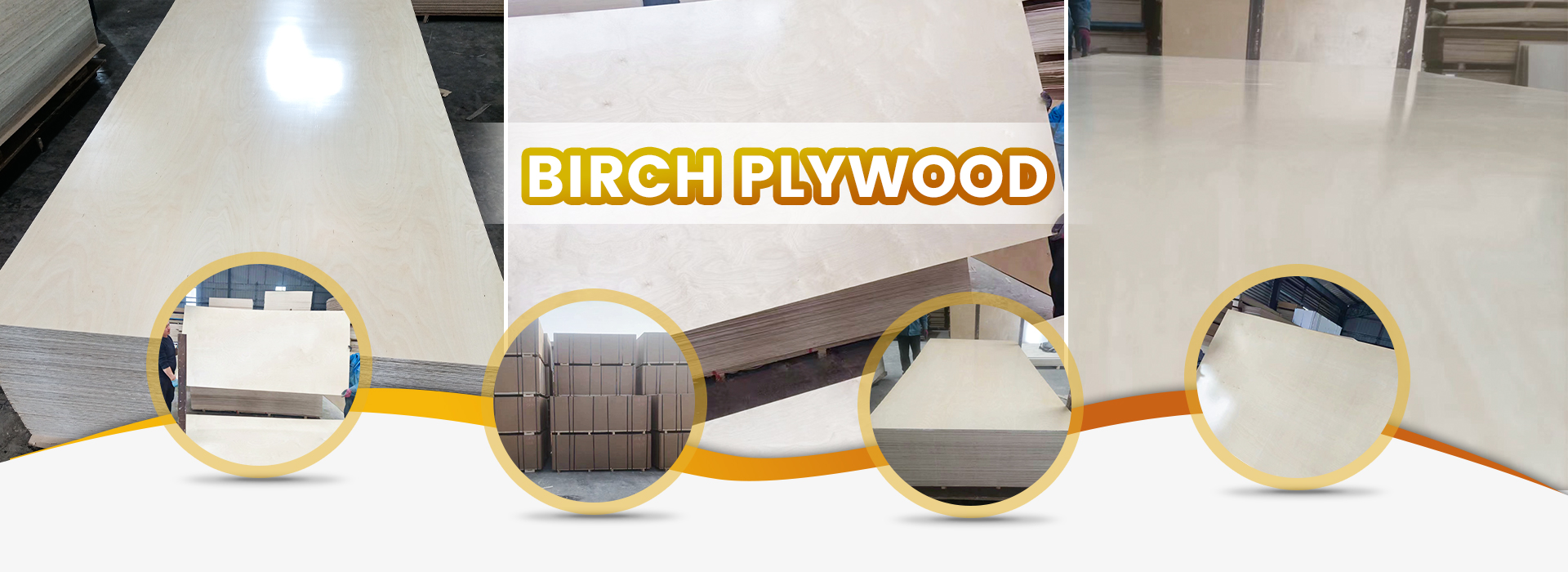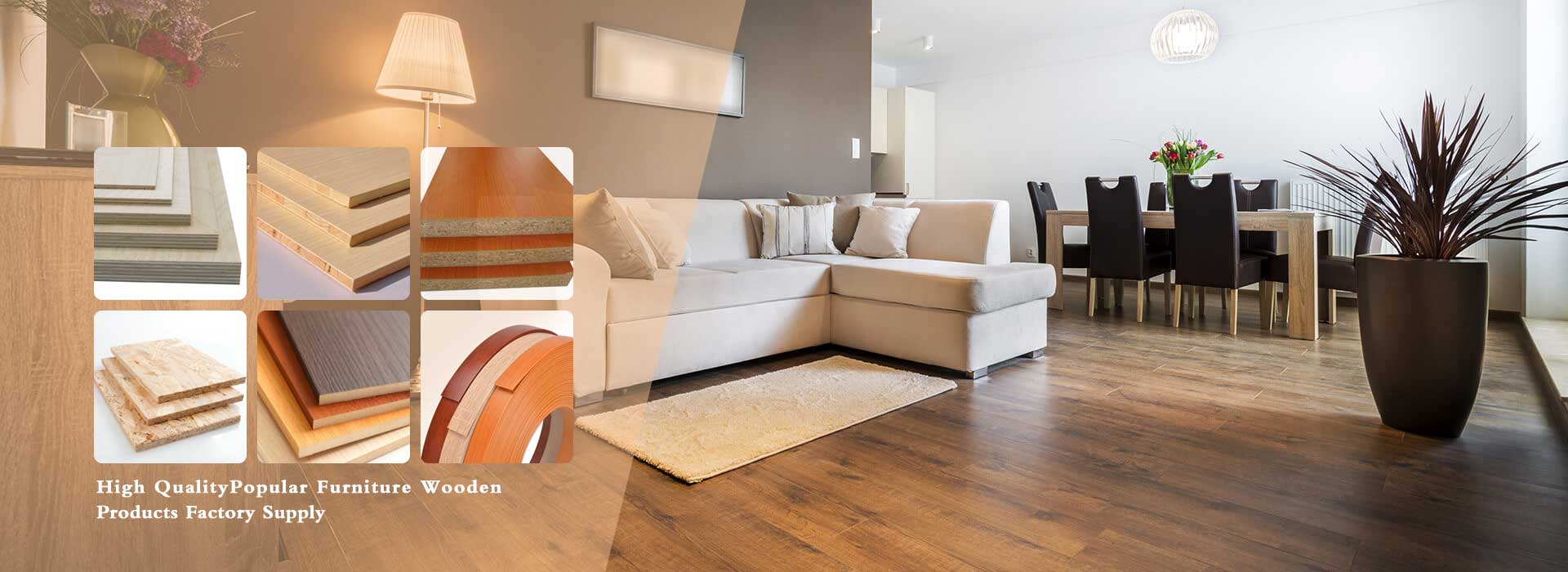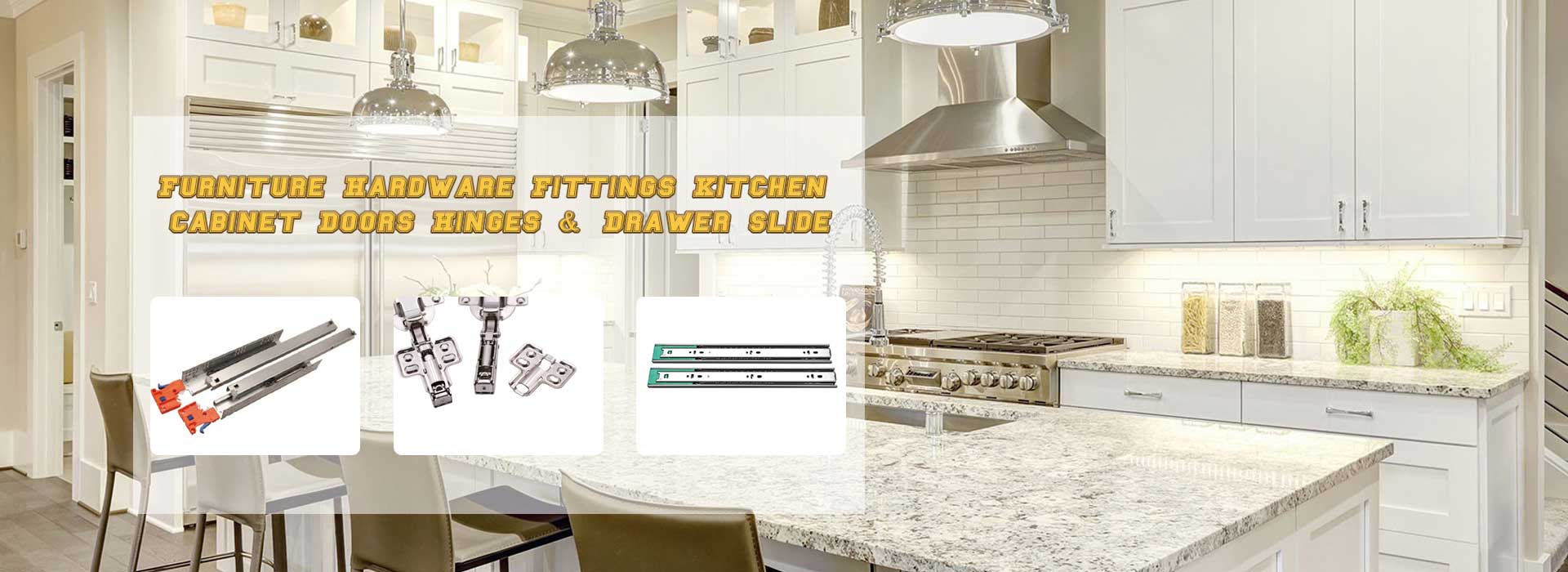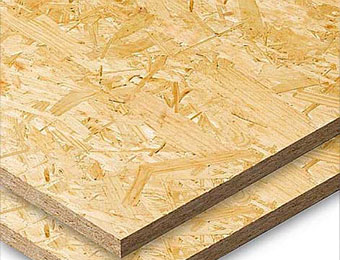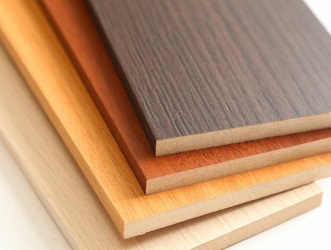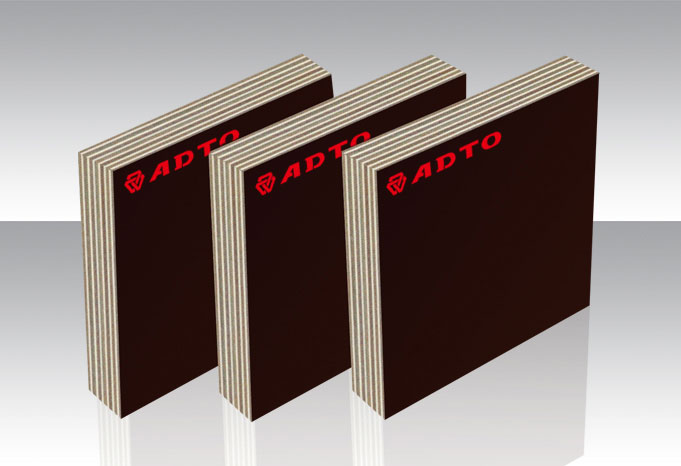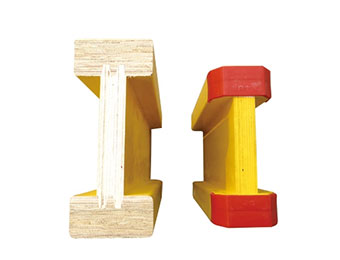When it comes to construction materials, Oriented Strand Board (OSB) and plywood are two common choices with distinct characteristics. Understanding the differences between OSB and plywood is crucial for making informed decisions in construction projects. Let's delve into the key factors that differentiate OSB from plywood:
1. Material and Manufacturing Process:
OSB: OSB is primarily made from small-diameter wood such as softwood, broadleaf trees, and fast-growing wood. The manufacturing process involves drying, gluing, orienting the flakes, and hot pressing to form a structured panel.
Plywood: Plywood is made by bonding three or more layers of veneer with the grains of adjacent layers perpendicular to each other. This cross-grain construction gives plywood high strength and dimensional stability. Plywood offers a wide range of surface options for different aesthetic requirements.
2. Characteristics and Applications:
OSB: OSB has a visually appealing texture with clear surface patterns, providing a natural and aesthetic look. However, OSB is sensitive to moisture and is not suitable for damp environments or ground contact. It is commonly used for high-end products like furniture and TV background walls.
Plywood: Plywood exhibits good stability, high resistance to cracking, excellent plasticity, and superior moisture resistance. It finds broad applications in furniture manufacturing, building construction, especially for flooring, wall panels, and cabinets that endure significant pressure and humidity.
3. Environmental Performance:
OSB: The use of environmentally friendly 2,4-diphenylmethane diisocyanate (MDI) adhesives in OSB manufacturing ensures minimal harmful emissions, meeting high environmental standards like the European E1 classification.
Plywood: Plywood is typically bonded using protein and starch adhesives. However, due to the multiple layers in plywood, it tends to use more glue, leading to relatively higher formaldehyde emissions.
4. Pricing:
The pricing of plywood is relatively lower in the market compared to OSB. The cost of OSB varies significantly based on the thickness of the panels, with thicker panels commanding higher prices. Additionally, there are distinctions between domestically produced and imported OSB, with the latter generally being more expensive.
In conclusion, the disparities between OSB and plywood in terms of material, characteristics, environmental performance, and pricing are evident. When making a choice, it is essential to consider specific application scenarios, budget constraints, and environmental requirements. OSB and plywood each have unique strengths and considerations, catering to diverse construction needs.

